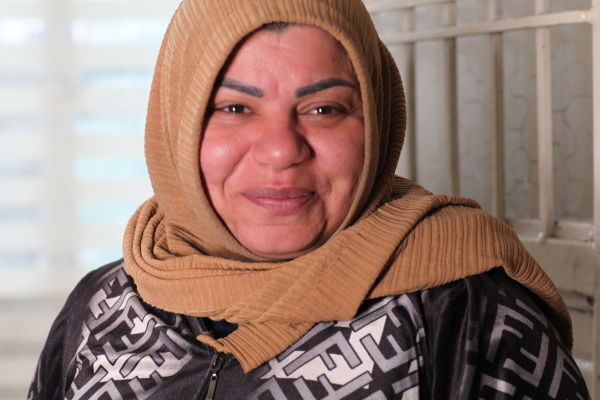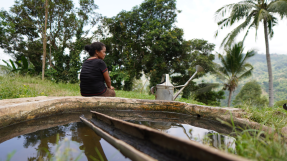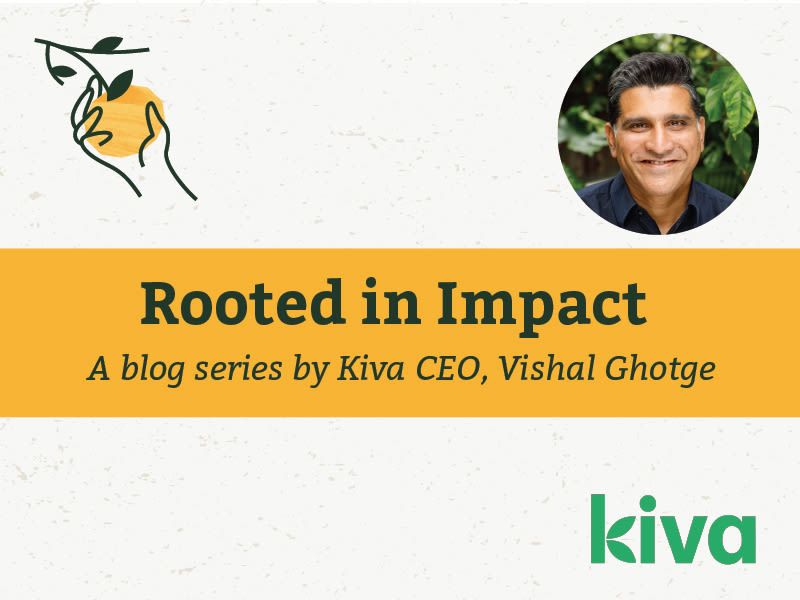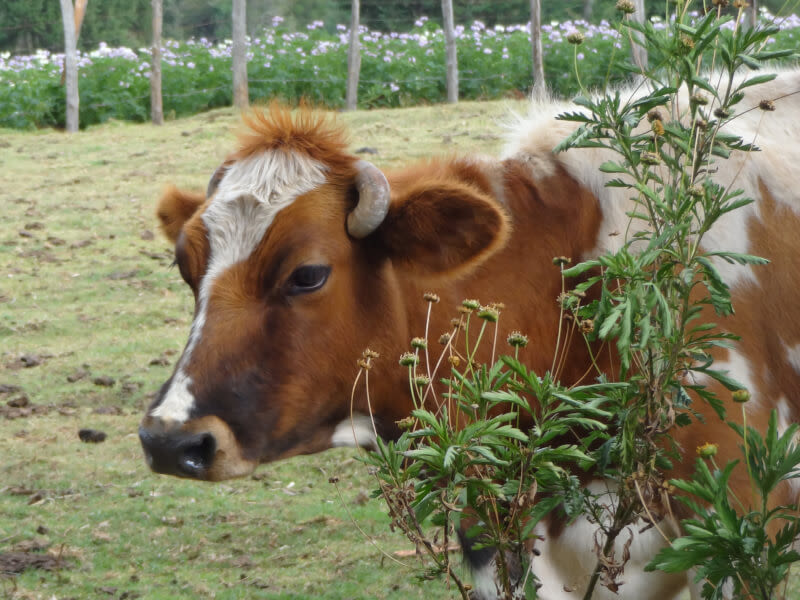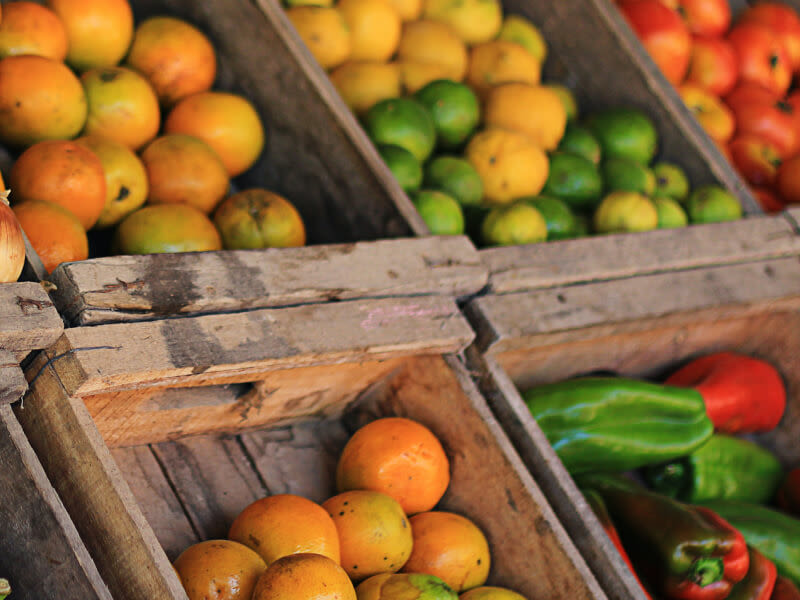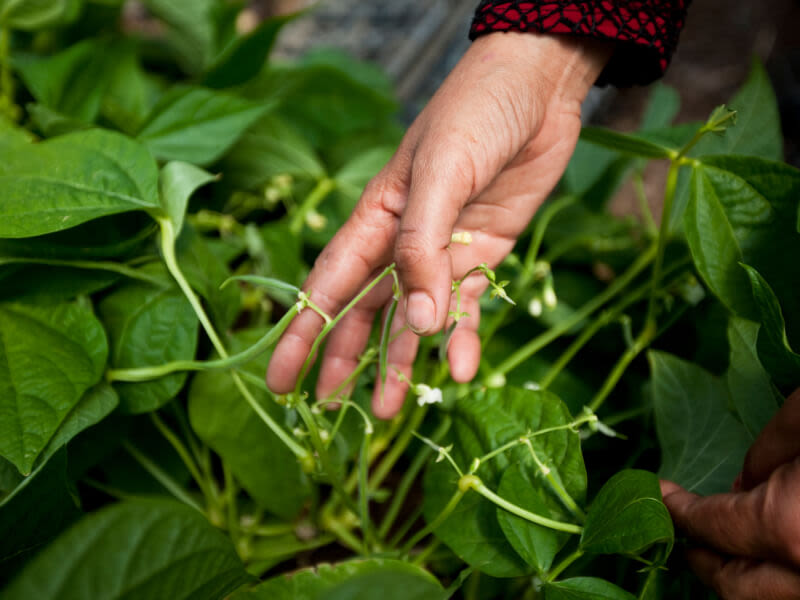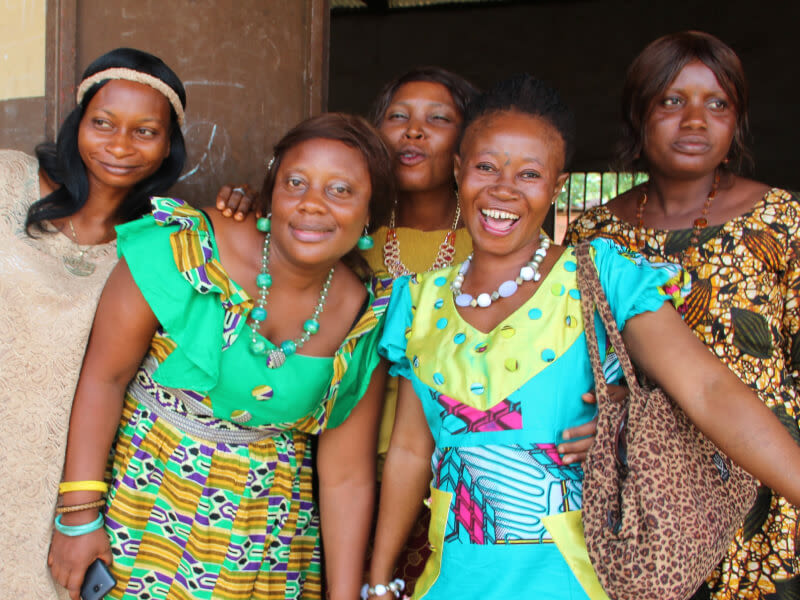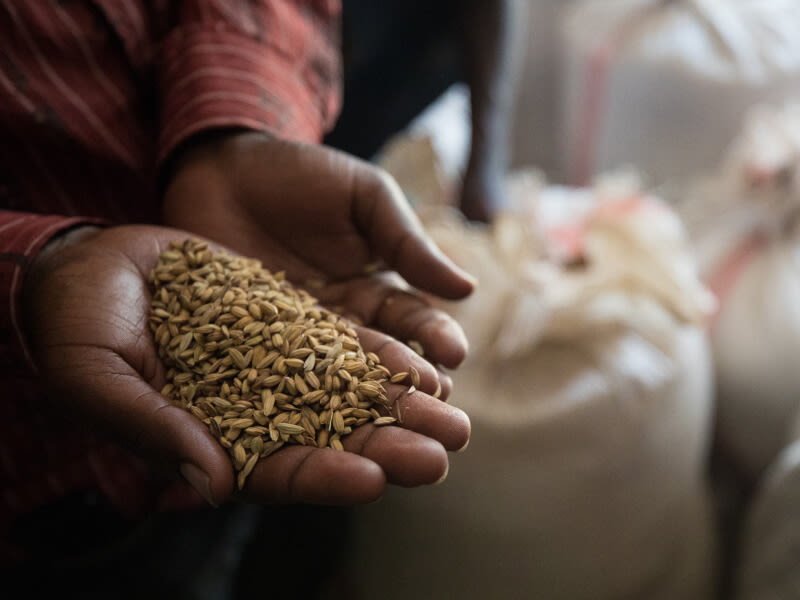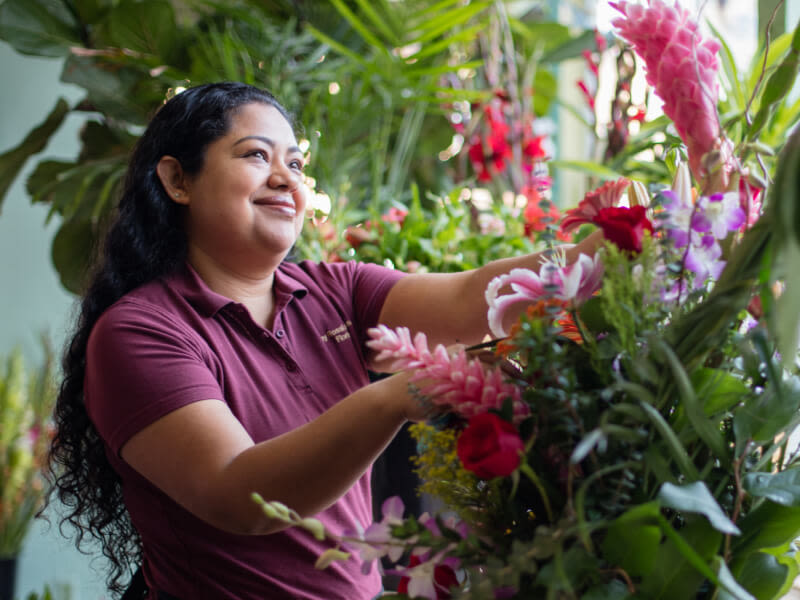Financial inclusion helps refugees at all stages of their journey, with the goal of supporting them in building sustainable livelihoods and self-reliance.
In the midst of a crisis, refugees need immediate support to help them access food, safe shelter, and medical care. But as these basic needs are stabilized, refugees must then face the long-term circumstances that follow being displaced.
Driven by need and a lack of available career opportunities, many refugees decide to open businesses in their new countries. Having been forced to flee their homes, careers, and communities, entrepreneurial activities can enable refugees to regain their economic independence.
Unfortunately, for most forcibly displaced people, the finance they need to rebuild or thrive is far from accessible.
Refugees face distinct barriers to accessing finance, including:
Lack of identification or security/collateral required by formal financial institutions,
In some countries, limited rights to work and move or uncertain legal status,
Misalignment between policy and the practices of financial service providers (FSPs),
Prejudices reflected in public policy and media which cause FSPs to exclude refugees out of fear: that working with them would impact their reputation, or that refugees are going to be higher-risk clients.
Some microfinance institutions (MFIs) are working to help fill the gaps left by traditional FSPs by choosing to work specifically with refugees, proving that refugees are just as likely to repay as other clients. Kiva partners with several MFIs who offer loans that meet refugees’ needs at different stages of their journey to rebuild.
How refugees’ financial needs evolve over time
Refugees need access to finance at all stages of their resettlement, but their financial needs evolve over time. UNHCR refers to the different displacement phases that refugees experience as arrival, initial displacement, stable / protracted displacement, and permanence, and suggests that the range of necessary financial services changes during each phase.
For example, during the arrival phase, refugees may need survival cash for housing, food, medical services, or to repay debt incurred during their escape. As they have stabilized these expenses, they are more likely to look for opportunities to create a sustainable livelihood through entrepreneurial activities and have a need for capital to help them get started. When they reach the stage of ‘permanence’ in their new location, their financial service demands begin to look very similar to others in their host locations — including a need for loans, savings, pension plans, and insurance.
Beyond their displacement phase, refugee financial needs also depend on factors such as how integrated or accepted they are in their host country, their legal rights in the new location, whether they are educated, and whether they are familiar with the host culture. Most importantly, their needs are impacted by their level of financial inclusion and the opportunities they have to generate income.
Loans for personal consumption can help refugees cover urgent expenses
As refugees rebuild their lives, they may not have the means to cover the costs associated with some of life’s big events. 18 percent of Kiva loans to refugees have been for personal use, to help cover these kinds of costs. Of these, loans for personal medical expenses are the most common, followed closely by education costs, which include primary, secondary, and high school, and at times the purchasing of computers for educational purposes. About half as many refugees have taken out loans for personal housing expenses.

The need for loans to cover personal expenses is often influenced by local conditions. 68 percent of Kiva’s loans to refugees for personal use have been for borrowers based in Lebanon. Lebanon remains the country hosting the largest number of refugees per capita and per square kilometer in the world, with the government estimating that they host 1.5 million Syrian refugees, as well as over 13,000 refugees of other nationalities. With the impact of the COVID-19 pandemic and the Beirut blast in 2020, and the country facing its worst socio-economic crisis in decades, vulnerable populations have been deeply affected by a sharp increase in poverty, gaps in critical supply chains, and limited access to food, healthcare, education, and other basic services. The large majority of Kiva’s personal use loans to refugees in Lebanon were used to support the coverage of personal medical expenses or for other healthcare purposes like pharmacy expenses.
One such loan went to Sameh, a 22-year-old Syrian refugee, who works as a salesperson and in delivery services for a supermarket. He has hopes of opening his own business so he can increase his income to support his family. In the meantime, he took out a $1,500 loan, funded by 14 Kiva lenders, to help pay for his father’s surgery.
A further 25 percent of Kiva’s loans to refugees for personal use went to refugees in Palestine. Around one-third of Palestinian refugees live in refugee camps and socioeconomic conditions in the camps are generally poor, with cramped living conditions and inadequate basic infrastructure. They face more limited opportunities and services than some other refugee groups, and although they may be working, they do not always have enough income to cover large, lump-sum personal costs.
Ahmad, a 24-year-old Palestinian refugee, runs his own dress-renting shop, and provides transportation services to students. He works hard to improve his business and increase his income in the hope that he can move his house outside the refugee camp and provide his loved ones with better living conditions. He took a loan of $2,500, powered by 83 Kiva lenders, to cover the costs of his wedding.
Loans for business use help refugees increase their income and build self-reliance
“The loan really changed my life. Before I received it, my business was struggling, but now I have progressed and things are moving well.”
When emergency expenses have been covered, many refugees turn their attention to starting businesses. In fact, refugees are more likely to take a productive loan as their second loan — 15.7 percent of our business loans to refugees are for people who have borrowed through Kiva before.
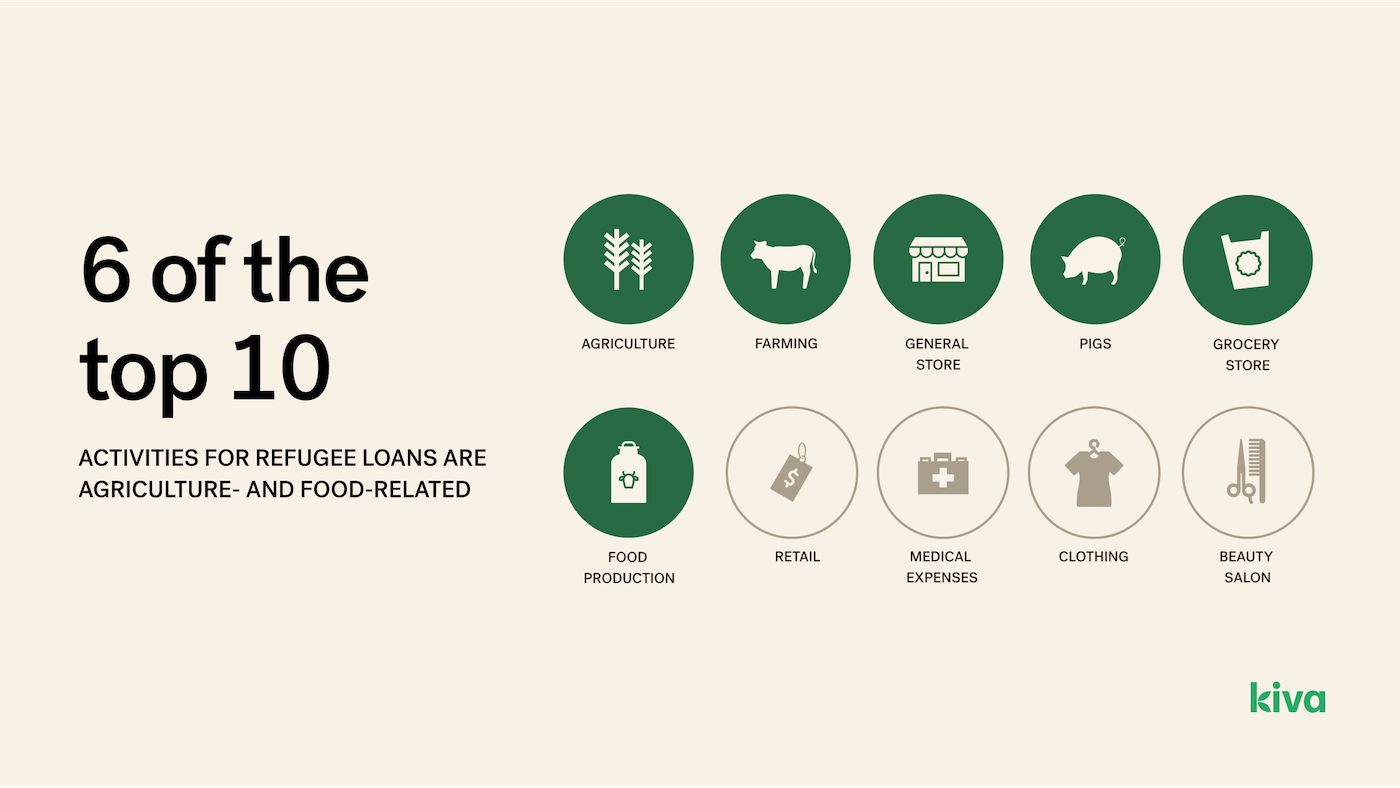
The large majority of Kiva loans to refugees — 82 percent — are for business use and aim to help refugees get started or grow in their entrepreneurial activities. The most common sectors are farming, food production / sales, clothing sales, and grocery stores. This varies by country, as entrepreneurs look for the opportunities that are available in their local market. In Azerbaijan and Colombia, agriculture is the main activity for refugees, whereas in Lebanon and Palestine, services are more common, with refugees starting businesses in tailoring, auto repair, or electrical services.
In countries like Uganda and Rwanda, where refugees have rights to open businesses immediately, they are much more likely to take out loans for business use than for personal needs. 98 percent of Kiva refugee and IDP loans in Uganda and 96 percent in Rwanda were for business purposes.

For Leoniya, a refugee who fled the Democratic Republic of the Congo to Nakivale in Uganda, it was a surprise to see that her basic needs were supported upon arrival.
“The most surprising thing about reaching Uganda was the way they took us in and cared for us,” she recalls. “They gave us food and shelter, which was something I did not expect.”
Like many of Navikale’s refugees, Leoniya started her life in Uganda as a farmer, but she soon set her sights on opening her own business.
“I realized that the entrepreneur is a step ahead of the farmer in terms of profitability,” she explains.
She opened a small shop in her village selling sodas, snacks, and other conveniences. When the pandemic hit, she had no funds to restock and a Kiva loan of $150 helped her business survive the crisis. With the funding, she was able to stay open during COVID-19 and maintain a measure of economic stability for her family, who had been living on reduced food rations.

“The loan really changed my life. Before I received it, my business was struggling, but now I have progressed and things are moving well,” she says.
The impact of loans for refugees
Whether they’re accessing financial services to cover their personal needs or for productive purposes, loans can have an impact on refugees' livelihoods.
Al Majmoua, a previous Kiva Lending Partner, shared intheir impact report that the majority of their Syrian refugee clients reported positive changes in their economic conditions, as well as improvements in their livelihood and social inclusion, whether they used their loan for productive activities or non-productive purposes. However, clients who used the loans for productive purposes reported an improved ability to afford health services and a much sharper increase in net family income. Al Majmoua also found that once refugees have repaid their microloan, they may have improved access to further financial services.
Beyond financial inclusion, loans can also help refugees rebuild in other ways. Saffa, a Syrian refugee who fled to Turkey, felt her business confidence and self-reliance improve as she repaid her loan.
“I didn’t expect to get it,” she says, remembering how she was worried that the loan officer might not trust her.
“Thankfully, it went well. Now I'm using it; I should repay it and rely on myself. To work on developing myself, by myself.”
Lend to a refugee or IDP here today.
Help us continue to expand our work with refugees
Your donations enable us to cover the costs of expanding access to life-changing loans and reach more refugees and IDPs across the globe.

